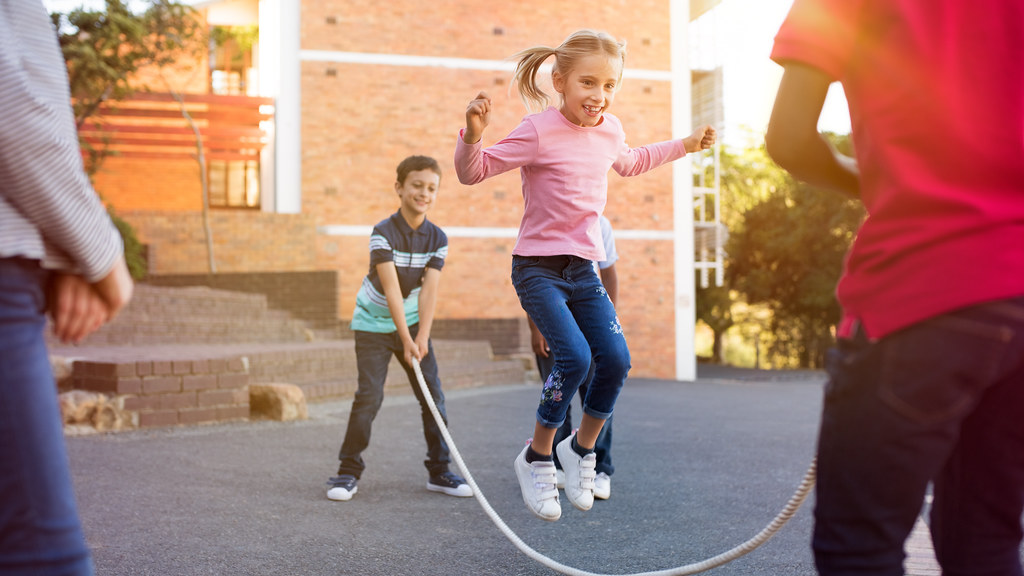Children and adolescents around the world are not moving enough to promote healthy growth and development, and the COVID-19 pandemic only made matters worse, according to a global report released this week.
The report by the Active Healthy Kids Global Alliance (AHKGA) compared national report cards developed via a standardised approach using the best available data from 57 countries and across six continents to assess global levels and trends in child and adolescent physical activity, resulting in the ‘Global Matrix 4.0’ comparison of grades.
Researchers from the University of Bath, including Professors Martyn Standage and Fiona Gillison from the Department for Health, along with colleagues from several other UK universities, led on the development of the England Report Card – a more detailed country-specific report for which will follow in November.
Overall, the Global Matrix reveals that modern lifestyles – increases in digital screen time, the growing urbanisation of communities, and the rise in automation of previously manual tasks – are contributing to a pervasive yet unequally distributed public health problem that must be recognised as a global priority.
“The Global Matrix 4.0 represents the largest compilation of information to date on indicators related to the physical activity of children and adolescents, and the data show a failing grade,” said Professor Mark Tremblay, President of the AHKGA and Senior Scientist at the CHEO Research Institute in Canada.
“New habits have been formed by children and adolescents around the world in response to the new normal provoked by a socially accepted screen-centric indoor living society and exacerbated by the COVID-19 pandemic, global conflicts, and severe weather associated with climate change.”
The AHKGA international comparison involved 682 experts who produced 57 country report cards, grading 10 common indicators related to the physical activity of children and adolescents. Its ‘Global Matrix’ of grades allowed for an examination of global patterns and highlights how our changing world is affecting physical activity levels.
They found that high levels of sedentary behaviours, especially digital screen use, were propelled at least in part by pandemic-related restrictions and adaptations to education with knock-on adverse impacts on routine physical activity.
“Without significant efforts to recalibrate the modern and pandemic-influenced lifestyle of our children and adolescents, we risk mortgaging their future health and well-being,” said Dr Tremblay. “We hope this report will be a call to action for societies around the world.”
Learning from each other
While overall grades around the world are poor, some countries are doing well in certain areas and can provide guidance on how to ‘improve the grade’. Leading countries for Report Card indicators include: Denmark, Finland, Slovenia, and Japan.
Professor Martyn Standage, lead author from the University of Bath who compiled the England chapter, explained: "This year’s scorecard results for England, like for other countries, point to some of the ongoing challenges health policymakers face in increasing physical activity levels among young people.
“During their time at school, we find that young people are generally well supported and there are good opportunities at both primary and secondary level to be physically active. At home, there are specific challenges when it comes to sedentary behaviours, in particular the amount of time young people are spending playing games online or watching TV.”
The global comparisons were led by the Active Healthy Kids Global Alliance (AHKGA), a registered not-for-profit organisation made up of researchers, health professionals, and stakeholders who work together to advance physical activity in children and adolescents around the world.

